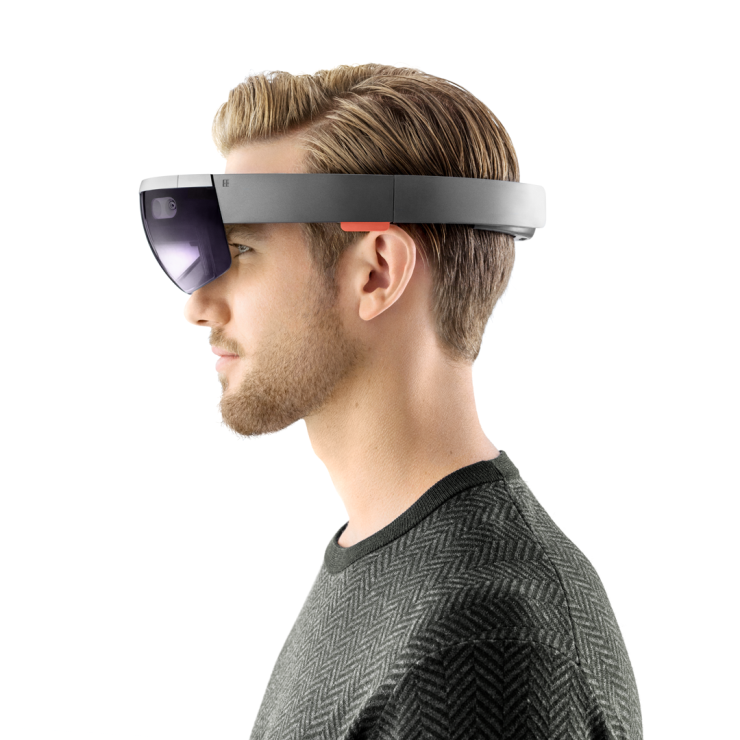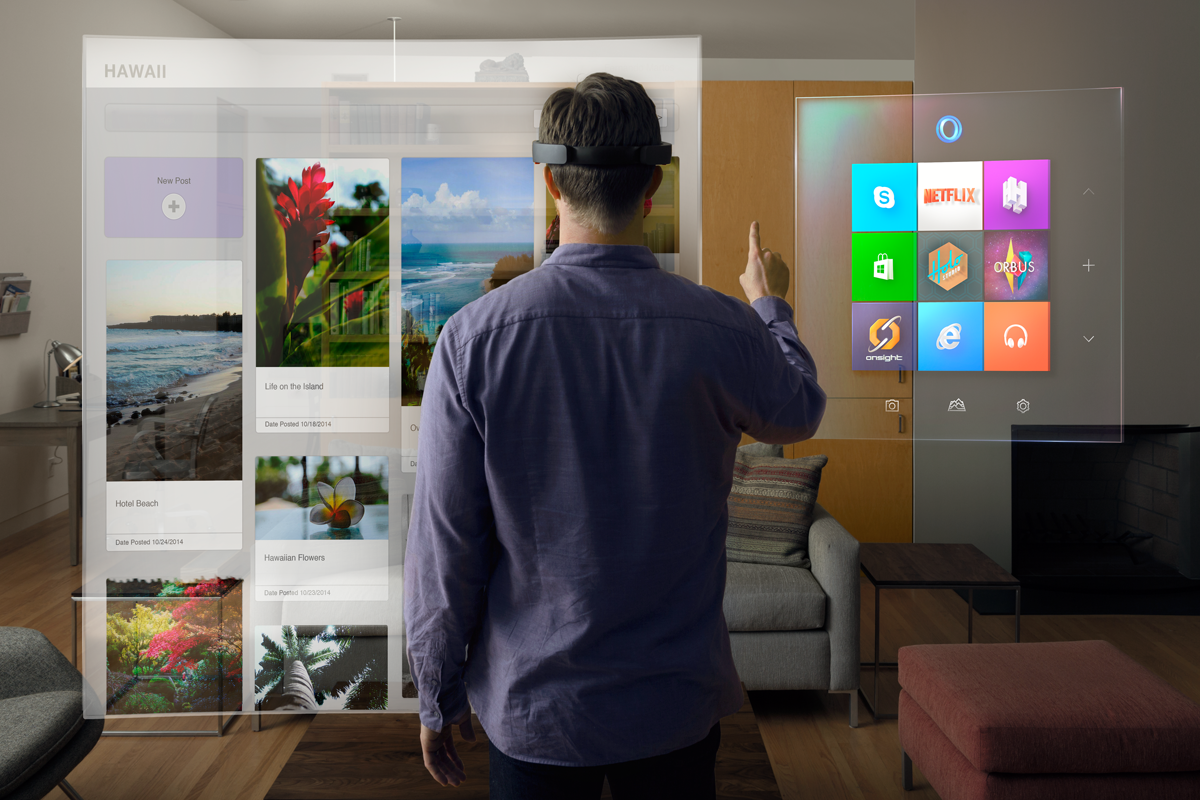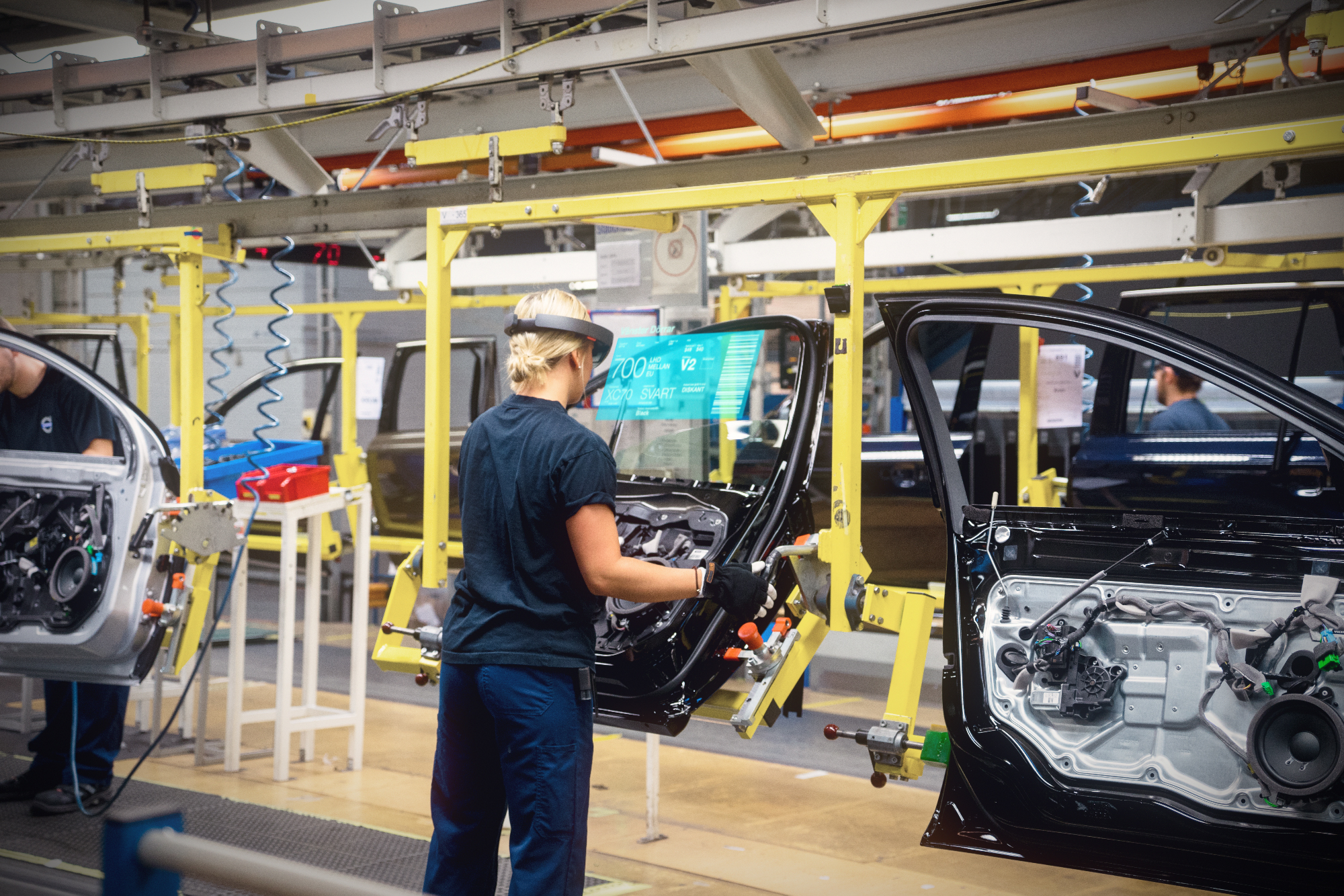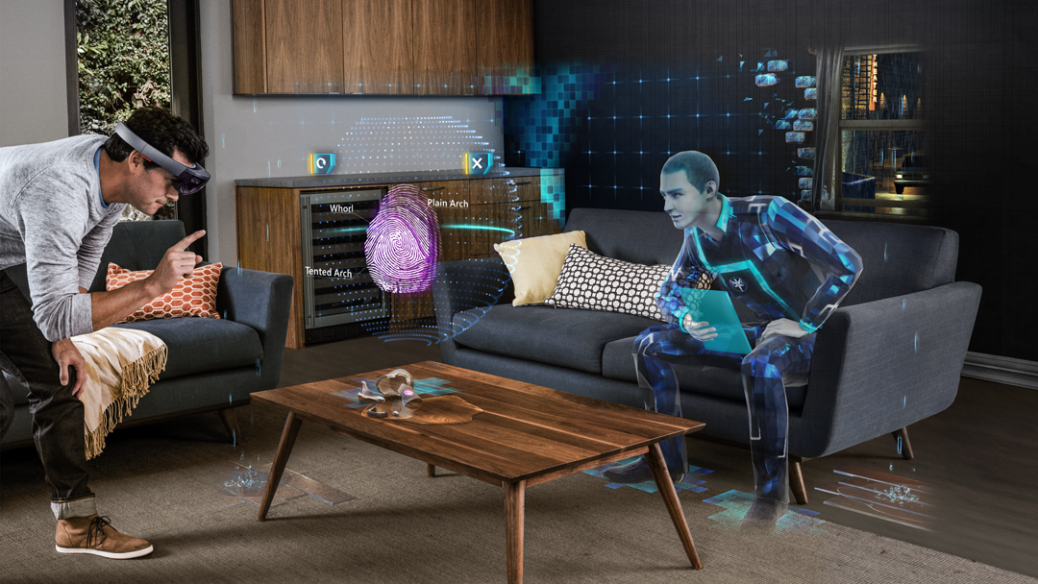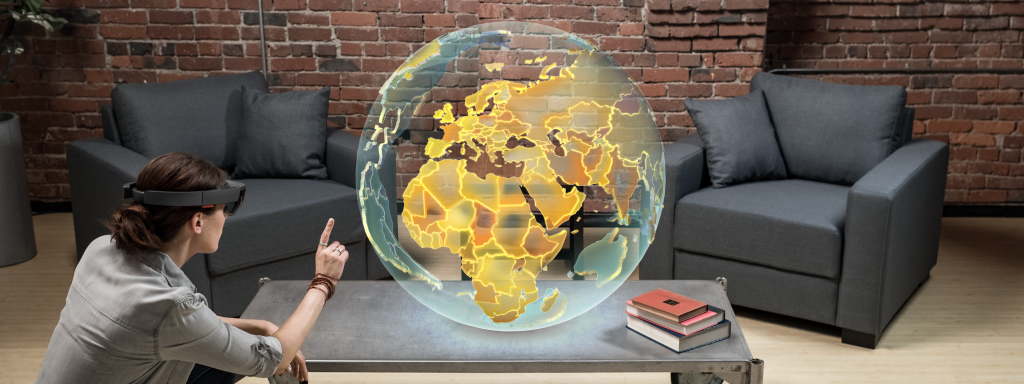
Microsoft HoloLens Comes to Europe
Overwhelming developer and commercial demand for pioneering mixed reality experiences brings HoloLens to six new markets including France, Germany, Ireland and the United Kingdom
REDMOND, Wash. — October 12, 2016 — Today, Microsoft Corp. announced that Microsoft HoloLens, the world’s first self-contained holographic computer running Windows 10, is now available for pre-order in select markets in Europe – France, Germany, Ireland and the United Kingdom – with devices shipping later this year.
The news comes during a time when HoloLens is experiencing tremendous support and demand from developers and commercial customers and partners around the globe. In addition to these four European markets, HoloLens is also now available for pre-order in Australia and New Zealand.
“Since the launch of HoloLens we have seen really passionate developers and world-class companies develop ground breaking computing experiences, experiences only possible on HoloLens” said Alex Kipman, Technical Fellow, Microsoft Windows and Devices Group. “When we set out to pioneer the mixed reality category we knew that many of the best innovations would be discovered when others got their hands on the technology. It has been quite inspiring to see what our partners have built and what individual developers have created. Together, we have only scratched the surface for what mixed reality can do. I can’t wait to see what happens next as we welcome these new countries to our holographic landscape.”
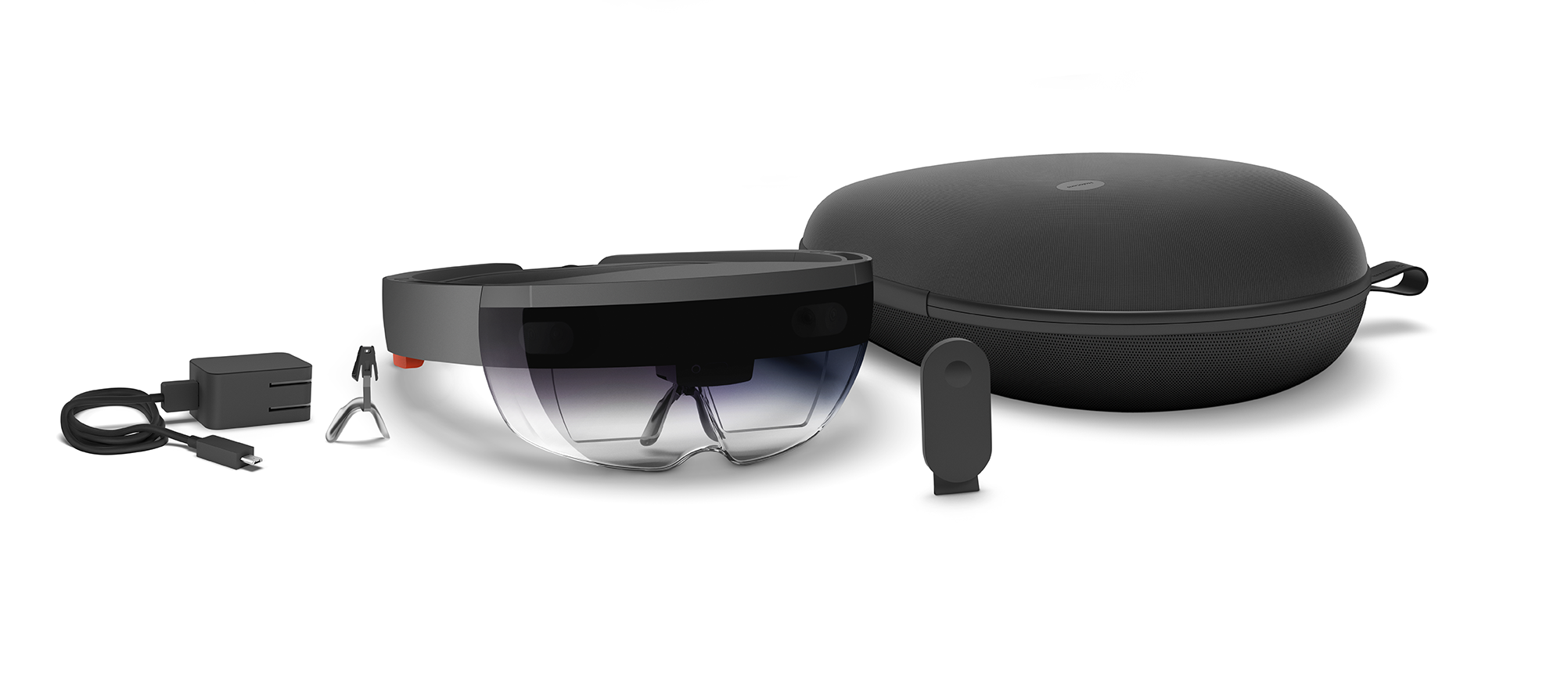
Commercial customers breaking new ground with Microsoft HoloLens
Since its launch Microsoft has seen innovation happening across the board as a diverse set of companies and partners breaks new ground within their industries using HoloLens as a means to transform their business. Recent examples include:
- thyssenkrupp: “With elevators transporting over 1 billion people each day, we have a critical role to play in keeping cities moving. At thyssenkrupp, we are focused on leading the much-needed transformation of the global elevator industry to dramatically increase the efficiency and availability of elevators, and HoloLens is a key element in helping us achieve these goals,” said Andreas Schierenbeck, CEO of thyssenkrupp Elevator. “The application of HoloLens in our operations can reduce service intervention times by up to four times, and such a feat was only made possible through our strong collaboration with Microsoft.”
- Audi: “Audi is invested in leading the future of automotive design through the use of cutting edge technologies. A technology like Microsoft HoloLens could open up new opportunities for our services in many ways – from engineering reviews and collaboration to after sales scenarios and new ways of customer experiences – there are many use cases to be realized.”, said Jan Pflüger, Coordination Augmented & Virtual Reality at Audi IT. “HoloLens will help us improve service quality, cut time and costs required for maintenance, as well as combining it with a new way of customer communication. A mixed reality solution like HoloLens seems very promising in achieving these goals. We see an exciting future in this technology and look forward to expanding its use at Audi.”
- NASA: Our partnership with NASA brings mixed reality to space exploration and discovery, creating new experiences and educational opportunities for scientists and consumers alike. Together with NASA’s Jet Propulsion Laboratory, we have created four groundbreaking mixed-reality applications. The OnSight project enables scientists to use HoloLens to “work on Mars” together, directly from their offices, allowing them a means to plan and, along with the Curiosity Mars Rover, conduct science operations on the Red Planet. By extending the OnSight project, in September we opened “Destination: Mars” at the Kennedy Space Center to the public, which allows visitors the only opportunity possible today to walk around the Red Planet, just as NASA scientists do today. The Sidekick project brought HoloLens to the International Space Station to enable station crews to get remote expert assistance when and where they need it, reducing crew training requirements and increasing the efficiency at which astronauts can work in space. The NASA team created the ProtoSpace HoloLens application to build the next generation of spacecraft and space rovers; the application brings 3-D spacecraft designs into the world to help improve the design process.
- Lowe’s Home Improvement: “At Lowe’s we’ve endeavored to build a mixed-reality solution to help change the future of our retail experience. When we saw HoloLens, we knew we had found a solution that would allow us to create a collaborative process, enabling customers to make decisions about their home improvement projects quickly and confidently,” said Kyle Nel, executive director of Lowe’s Innovation Labs. “We’re investing the most valuable thing we have: our time and our focus. Microsoft’s deep history of delivering meaningful solutions with other companies assures us that our partnership will help provide a differentiating customer experience.”
- Case Western Reserve University: “This device allows us to engage students in unprecedented ways,” said Mark Griswold, faculty director for Case Western Reserve’s Interactive Commons and leader of the university’s work with Microsoft HoloLens. “The HoloLens allows students to explore the world in completely new ways. The mixed reality view means students and faculty can interact with one another and the holographic information the entire time, preserving the critical human connection that is such an essential part of learning. We have just begun to explore HoloLens’ potential, and I am already confident that in time the device will be as common in student backpacks as laptops and smartphones.”
With the market expansion of HoloLens, more commercial partners are set to deliver new experiences that will allow their employees and customers to discover new ways to work.
- Airbus: “Airbus believes in mixed-reality technologies, which are already deployed within our products and processes. Microsoft HoloLens is a promising platform, bringing mobility and new ways to consume and link users with digital information. Following our co-development with Microsoft teams, the device is concretely being tested and challenged in various environments across the company to understand if the technology will meet our business expectations. It is a very exciting phase, and we are looking forward to sharing concrete results based on our investigation.”
- Saab: “Microsoft HoloLens is the perfect platform for learning, collaborating or visualizing complex information,” said Inger Lawes, Saab Australia’s Mixed Reality Applications Program Head. “For example, in the training environment, it allows both trainers and trainees to share a visually rich interactive experience where the real world can be overlaid with fully interactive holograms. This technology is transformational, and we have had significant interest from a diverse range of industries such as healthcare and mining, keen to understand how Microsoft HoloLens and tailored mixed-reality applications can add new value to their businesses.”
Microsoft’s Mixed Reality movement is just beginning
Today, HoloLens customers are developing innovative solutions that are already having a material impact in their business, and they are the early adopters of mixed reality solutions that are poised for exponential growth in the years to come. According to IDC, “worldwide revenues for the augmented reality and virtual reality market will grow from $5.2 billion in 2016 to more than $162 billion in 2020.[1]” Windows 10, which includes Windows Holographic, the platform that powers the mixed reality experiences so that people can perceive the world differently, break down barriers and bring the virtual world and the physical world together. In June at Computex, we announced that Windows Holographic is coming to devices of all shapes and sizes to create immersive virtual reality, augmented reality and mixed reality experiences. The development opportunity is significant – as all holographic apps are Universal Windows apps, and all Universal Windows apps can be made to run on the Windows Holographic platform. This means the investments developers of all shapes and sizes make today can, in the future, take advantage of the growing eco-system of Windows Holographic devices.
[1] IDC Press Release, “Worldwide Revenues for Augmented and Virtual Reality Forecast to Reach $162 Billion in 2020, According to IDC,” Aug. 15, 2016
Microsoft HoloLens available to pre-order in new markets NOW
Microsoft Corp. first announced HoloLens in January, 2015 and shipped to developers and commercial partners in the United States and Canada on March 31, 2016. Microsoft HoloLens is now available to pre-order exclusively from the Microsoft Store in United Kingdom, Ireland, France, Germany, Australia and New Zealand, with expected ship date later this year.
More about Microsoft HoloLens Developer Edition and Commercial Suite, and Windows Holographic can be found here.
Founded in 1975, Microsoft (Nasdaq “MSFT”) is the worldwide leader in software, services, devices and solutions that help people and businesses realize their full potential.
For more information, press only:
Rapid Response Team, Waggener Edstrom Communications, (503) 443-7070, [email protected]
Note to editors: For more information, news and perspectives from Microsoft, please visit the Microsoft News Center at http://news.microsoft.com. Web links, telephone numbers and titles were correct at time of publication, but may have changed. For additional assistance, journalists and analysts may contact Microsoft’s Rapid Response Team or other appropriate contacts listed at https://news.microsoft.com/microsoft-public-relations-contacts.





